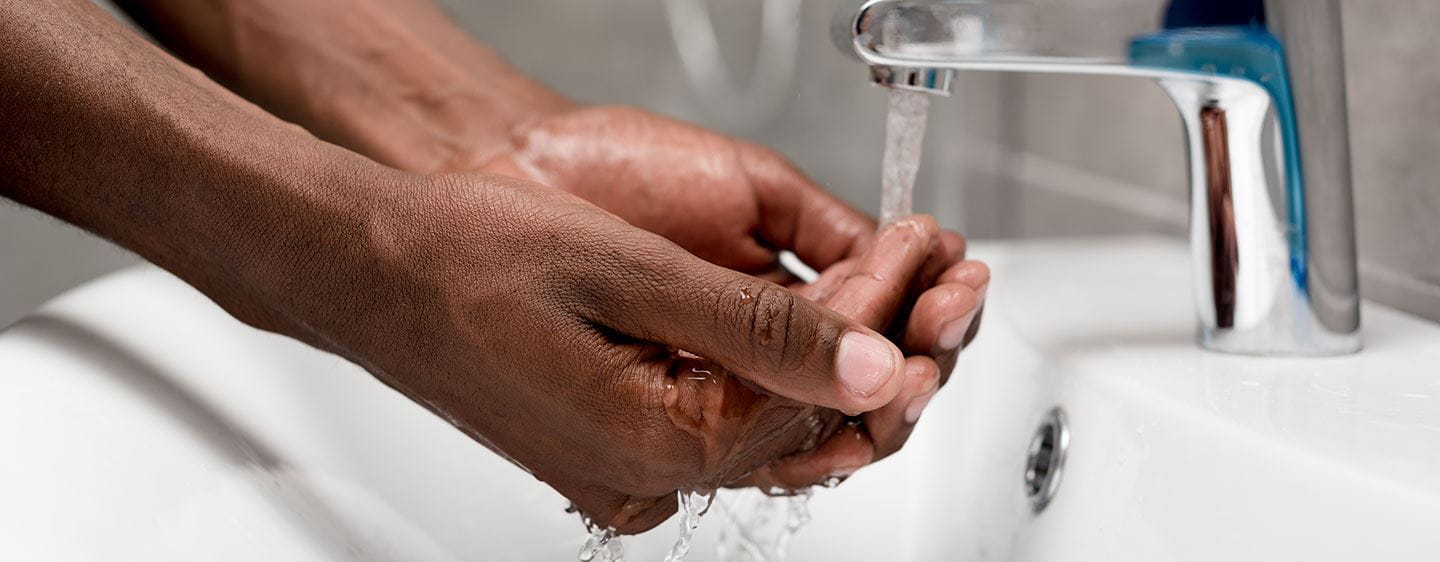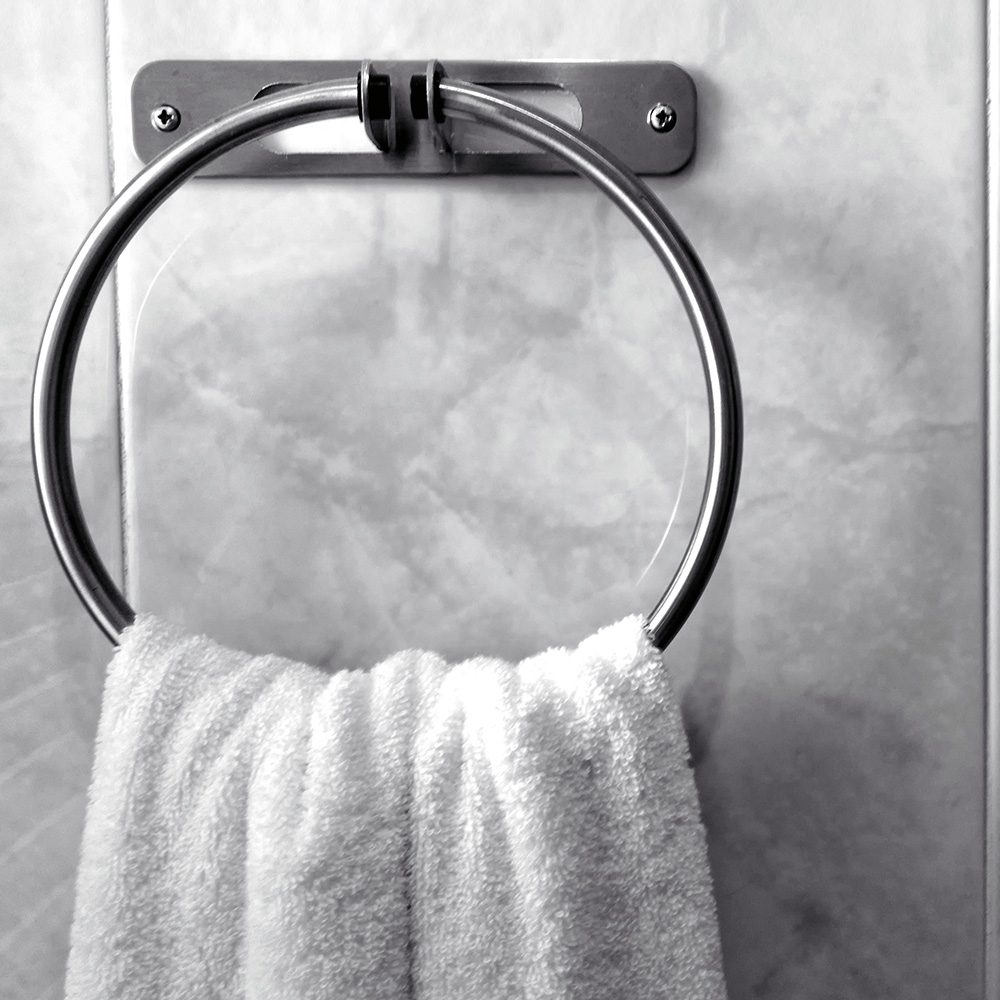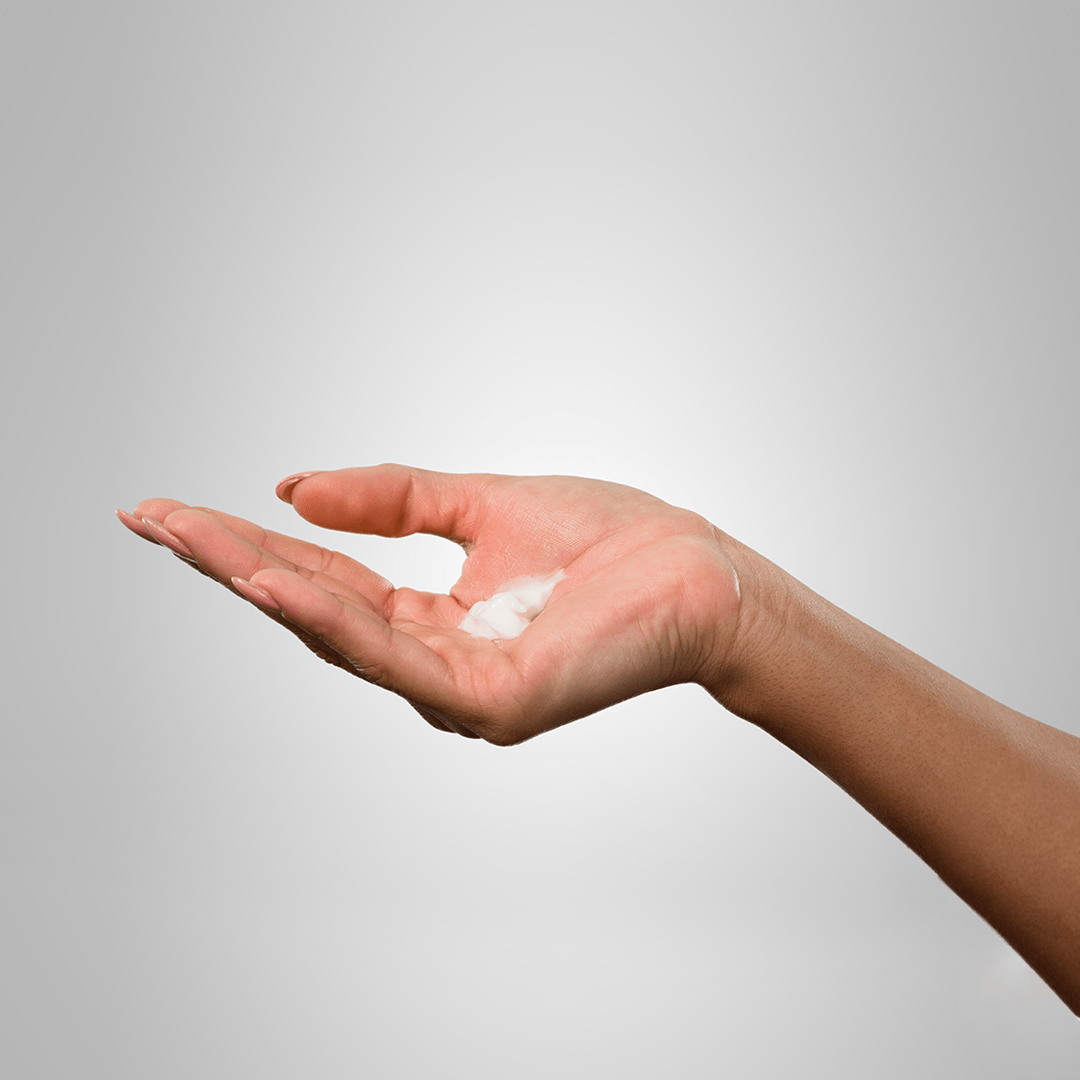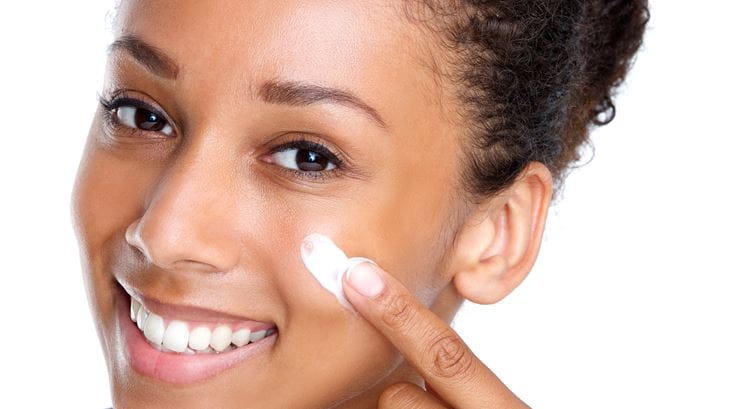
TUTORIAL AND TIPS
Washing hands seems to be a really simple hygiene routine, but when you’re washing to kill off germs and bacteria that can potentially harm you, you need not just wash but wash properly. Let us show you how to do it right.
TIPS ON SOAP AND CREAM
Every time you wash your hands, you remove not only dirt but also protective skin oils. It is therefore important to choose the right soap and rich follow-up care. This helps prevent the skin from drying up. But finding the right soap and cream isn’t just about picking this or that off the shelf. We’ll tell you how to make the right choice.
KNOW MORE ABOUT WASHING HANDS
It might be a familiar thing to you now that everywhere, people are talking about washing hands. Well, thanks to Ignaz Semmelweis – the Hungarian doctor who in 1847, discovered and pioneered a basic hygienic practice known then -and more globally now- to stop the spread of infection. Today more than ever, more questions are being asked on washing hands and we’ve provided answers for a better understanding and practice of hand hygiene.




















